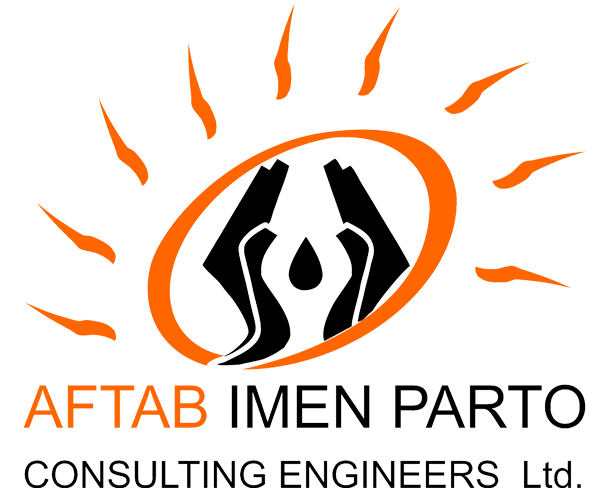One of the important issues in the projects being designed and operated for process units is to consider safety instrumentation systems to stop a part or the entire process in order to prevent the occurrence of process accidents such as fire, explosion and release of toxic substances. The design, purchase and installation of such systems have always faced two important challenges, which have been investigated to solve these problems through inviolability level studies based on international standards such as IEC 61508/61511. One of the challenges related to these types of systems is the inability of these types of systems to function in the required time, which leads to irreparable accidents in the process. Therefore, the lack of assurance of the service of these systems can be one of the concerns of employers, and on the other hand, contractors and designers are also concerned about complications, high costs, product supply and installation problems due to the increase in the capabilities of such systems. They are facing a challenge. For this reason, based on global standards and related to these types of systems, it is suggested to make a decision based on risk assessment to allocate a suitable and logical level for the required performance (Safety Integrity Level). Also, there are concerns about the ability of such systems in operating facilities and units, which can cause problems due to not taking into account the standard requirements at the time of design. In studies of the level of inviolability, other stopping systems are investigated and in order to improve the safety level of the facilities and also reduce additional costs, a reasonable level is calculated and suggested based on the risks and the amount of risk. In general, the desired results in these studies are:
- Risk assessment with methods such as Risk Graph and LOPA to determine the required SIL of safety instrumentation systems in the design stages
- Assessment and calculation of inviolability level for safety instrumentation systems in operation


